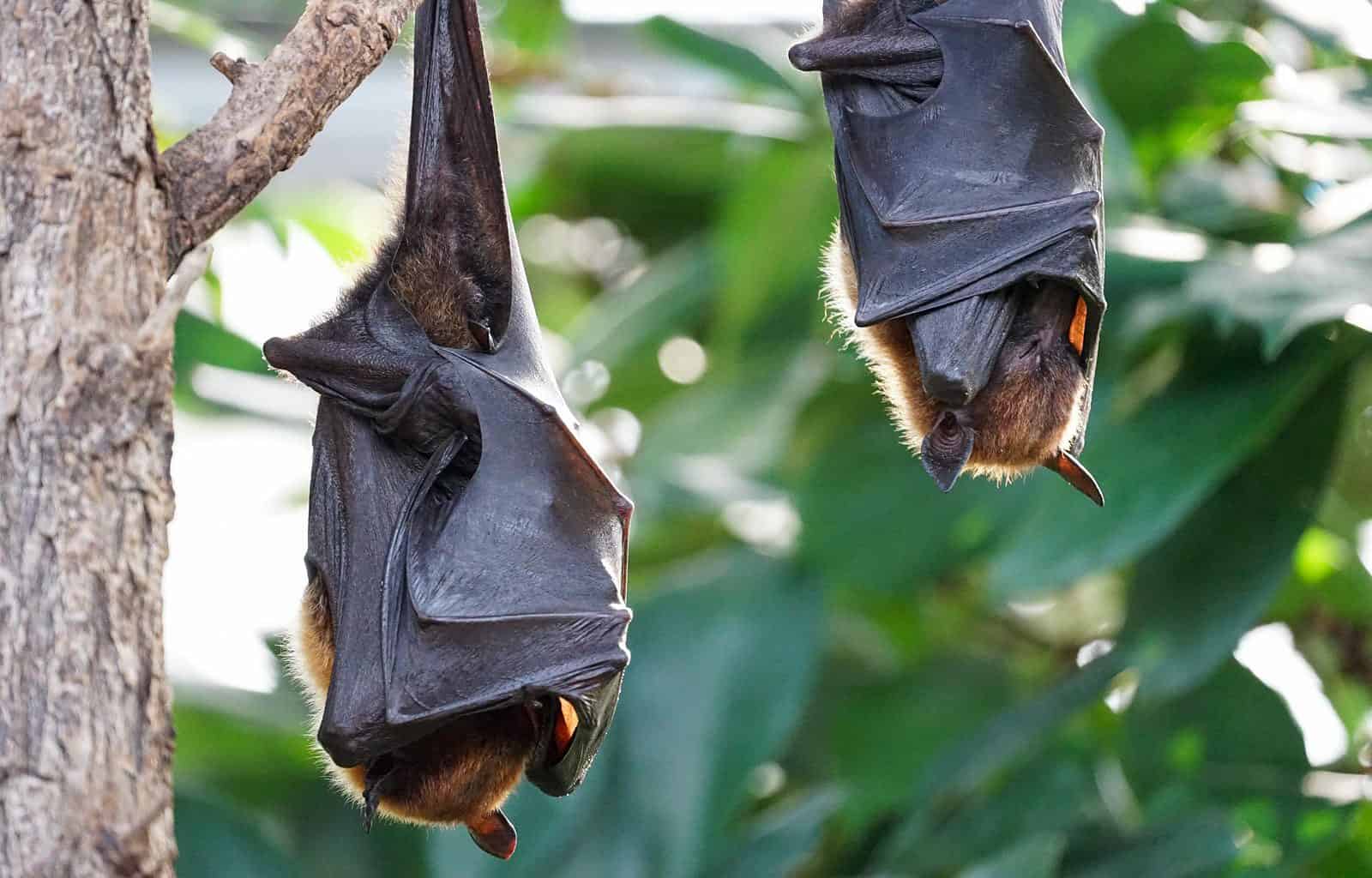New species of world’s largest amphibian discovered
Chinese giant salamanders (Andrias sp.) are extraordinary creatures which are sadly at risk of extinction. However, the recent discovery of a new species in the wild may spell hope for the species after all.
A living fossil dying out
There are around 5-8 species of amphibians collectively known as Chinese giant salamanders; however, only two have been described. They are part of an ancient lineage of amphibians dating back 170 million years and are therefore “living fossils”. As their name suggests, they are the world’s largest amphibians, reaching a length of almost 2m and a weight of up to 95kg! The giant salamanders’ vision is poor, so they rely on sensory nodes along their body to detect vibrations. They mainly feed on small invertebrates, fish and amphibians (including their own species!) and live for over 60 years.
Although once widespread across central and southern China, giant salamander populations are now highly fragmented. The IUCN classifies both species as Critically Endangered. Although climate change, habitat loss and pollution have all contributed to their decline, harvesting for food is the most notable cause. The giant salamander is considered a delicacy, and is also used in traditional Chinese medicine. As such, they are not only hunted, but also farmed in huge quantities across China. It is a huge industry that provides income to thousands of families. The fact that these unique species are disappearing from the wild, yet millions exist in captivity for harvesting, is tragically ironic.
Wild population of Chinese giant salamanders discovered
One of the main problems affecting the species’ survival is their genetic health. The Chinese government has made considerable efforts to conserve the species by releasing millions of captive-bred species into the wild. However, as mentioned above, the “Chinese giant salamander” is made up of several distinct species. Due to the amphibians’ scarcity, scientists could not confirm this until relatively recently. As such, all giant salamanders are harvested as one species, leading to extensive hybridisation of captive individuals. By releasing these individuals, wild salamanders have become genetically “polluted”, and there is a chance that many of these separate species no longer exist in nature.
After 18 months monitoring Chinese giant salamanders in the field, scientists have now discovered a wild population inside a closed nature reserve in Jiangxi Province. Not only that, but genetic analyses have revealed it to be distinct and free of hybridisation. As far as we know, this newly discovered species (Andrias jiangxiensis) is the only Chinese giant salamander with a genetically pure, reproducing wild population.
This new study, published in Zoological Research (read below), gives hope to the survival of Chinese giant salamanders. It shows that closed nature reserves, free of human interference, can protect vulnerable species from exploitation and hybridisation. Additionally, interviews with locals indicated that they were not only knowledgeable about the indigenous species, but also proud of it, calling it “more beautiful” than the hybrids and refraining from eating it. Therefore, an on-site conservation approach involving local people could help bring back these amazing amphibians.
Support salamanders
To find out more about Chinese giant salamander conservation, you can check out this conservation programme supported by the Zoological Society of London. If you’d like to learn more about amphibian conservation closer to home, the European Wilderness Society is currently helping develop a new project for salamanders in Europe. Keep your eyes peeled for more news!







